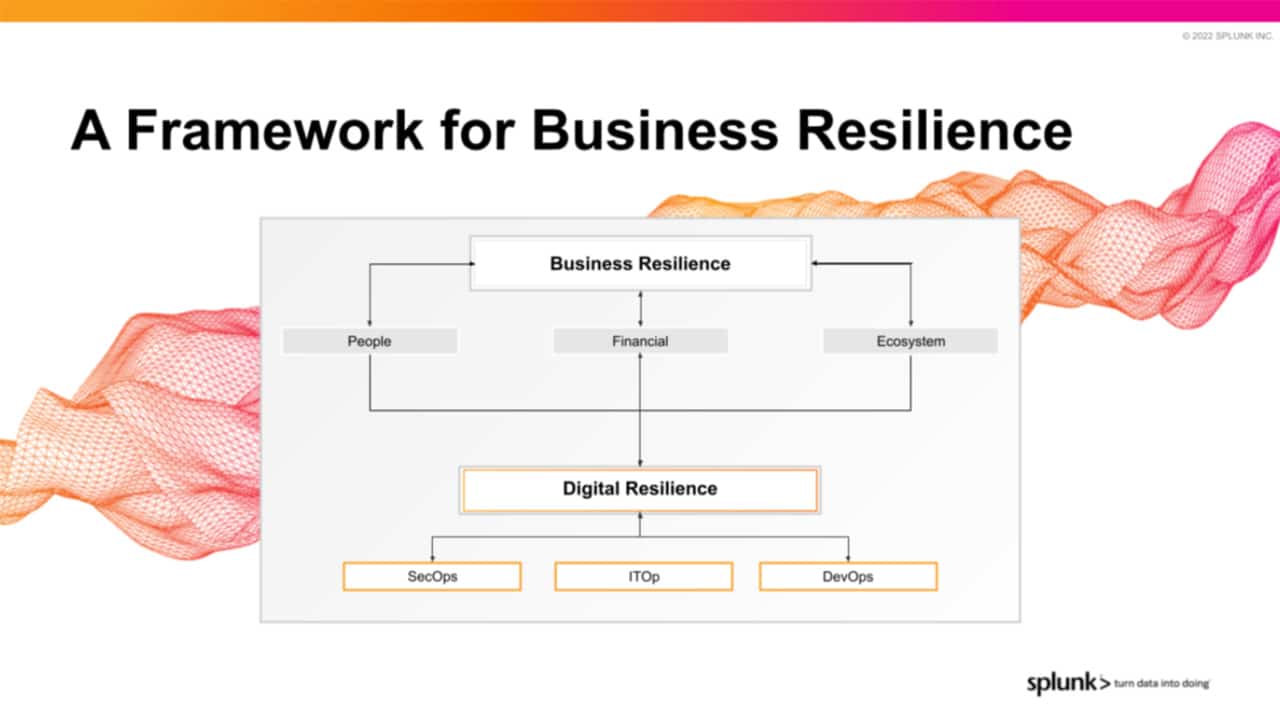In the technology space, a lack of resilience can be the difference between success and failure. In the age of disruptions such as system failures, cyber-attacks, and other unexpected events, resilience is more critical than ever before.
Nobody truly cares about how much their systems and teams can withstand until their systems have been breached or are under attack. Suddenly, that resilience becomes a top priority, when resiliency should have been ingrained in the company in the first place.
I like to think of resilience strategies like home insurance. You pay a big premium for full protection, but when you never make a claim, you hate the fact that you’re blowing so much money on coverage you’re never using. Yet, if your house burns down, you’d better hope you have a strong policy in place to help you rebuild. Ultimately, a robust resilience strategy not only helps you recover faster but also adapt and build an even stronger home.
While there are many types of resilience, I want to focus on two types that every organization needs: digital resilience and business resilience.
Here’s what these two coverages look like:
Digital Resilience
Digital resilience is the ability to prevent, detect, recover, and respond to events that have the potential to disrupt business processes and services. Digital resilience is foundational to business resilience.
Resilience is not just about technology and leadership principles. It entails an all-encompassing and interconnected strategy that spans SecOps, ITOps and DevOps. This ensures a company can continue operating securely and effectively at any time, even in the face of entire system failures or attacks. These components include:
SecOps is responsible for ensuring an organization’s ability to withstand and recover from cyberattacks, which are becoming increasingly frequent and sophisticated. This requires a combination of technical measures, such as firewalls, intrusion detection and prevention systems, and encryption, as well as organizational policies and procedures, such as employee training, incident response planning, and risk assessment. A resilient company not only takes steps to prevent cyber attacks but also has a plan in place to detect, contain, and recover from them quickly and effectively.
ITOps must maintain an organization’s IT systems and infrastructure even in the face of system failures, hardware malfunctions, or other technical issues. This requires redundancy, fault tolerance, and disaster recovery planning to ensure that critical systems and applications can continue to function even if one component fails. This team must also develop ongoing monitoring and testing capabilities to detect and resolve issues before they become significant problems.
DevOps is responsible for the entire software development lifecycle for internal and external applications. These teams must ensure that every new line of code pushed out is secure, reliable, and performant or risk negatively impacting employee productivity or customer experience. These teams often invest in observability tools to understand how new changes affect other downstream services or applications.
Business Resilience
But even if you invest in and strengthen your digital resilience, your organization is only as resilient as the sum of its parts. This is exactly why you need to build up your team’s resilience to make your organization stronger as a whole. There are two key principles to ensure your team can come out of any situation more resilient and able to withstand change and challenge:
Talent: The first step in building a resilient team is hiring resilient people. If you create a company value system that centers around growth and strength and broadcast those values widely, you’ll successfully attract the talent your company needs. When bringing new talent on board, ask questions that dig into their ability to withstand change, tumult, and chaos. And while hard skills (qualifications, certifications, etc.) are arguably important to consider, their soft skills need to add up, too, since values are much harder than processes to teach.
Team Sustainability: One of the biggest detractions from team resilience is a high turnover rate. If you want to create a resilient organization that can thrive in any market condition, you have to first create a sustainable team. Once you’ve attracted and hired the right talent, you face an uphill battle to keep them on board if you aren’t using the right strategies to maintain a positive culture. Check in with your team regularly and address pain points. When you come up with solutions, codify and document all policies and processes to minimize internal confusion.
All this to say, when considering “resilience insurance plans” for your company, look for policies that include all-encompassing digital and business resilience contingencies. Most importantly, don’t wait until your house is burning down to decide it’s time to invest in preventative measures. Resilience strategies aren’t an afterthought; they’re a priority.
